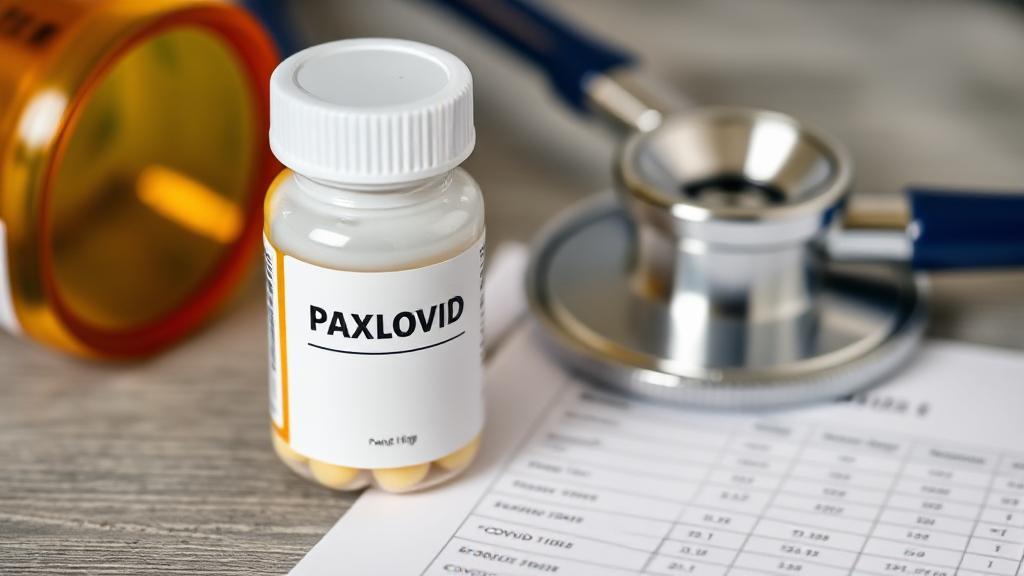Understanding Paxlovid and Its Mechanism
Paxlovid, developed by Pfizer, is an oral antiviral medication designed to treat COVID-19. It combines two drugs: nirmatrelvir and ritonavir. Nirmatrelvir works by inhibiting the 3CL protease enzyme, preventing the virus from processing the polyproteins essential for replication. Ritonavir, a protease inhibitor used in HIV treatment, boosts nirmatrelvir levels by inhibiting the cytochrome P450 3A4 enzyme that metabolizes it.
Clinical Trials and Approval
The FDA granted emergency use authorization (EUA) to Paxlovid in December 2021, based on promising clinical trial data. The EPIC-HR and EPIC-SR trials demonstrated remarkable results:
- 89% reduction in hospitalization/death when taken within three days of symptom onset
- 86% reduction in risk for patients with higher risk of severe illness
- 51% reduction in hospitalization among vaccinated adults
- 89% reduction in COVID-19-related death in patients 65 and older
Treatment Protocol
The standard treatment course involves:
- Starting within 5 days of symptom onset
- Taking three pills twice daily
- Completing a 5-day course
- Regular monitoring for potential drug interactions
"Early intervention is crucial for optimal results with Paxlovid treatment," notes Dr. Anthony Fauci, former director of NIAID.
Side Effects and Drug Interactions
Common side effects include:
- Altered taste perception ("Paxlovid mouth")
- Diarrhea
- Muscle aches
- Increased blood pressure
Important drug interactions to consider:
| Medication Type | Examples |
|---|---|
| Statins | Lovastatin, simvastatin |
| Blood thinners | Warfarin |
| Heart medications | Amiodarone |
Special Populations and Rebound Cases
Elderly and Immunocompromised Patients
Research indicates particularly strong benefits for older adults and immunocompromised individuals:
- Reduced hospitalization rates
- Lower mortality risk
- Better outcomes when combined with vaccination
- Enhanced protection against severe disease
- Reduced viral shedding duration
Rebound Cases
Studies have documented "Paxlovid rebound" cases, where:
- Approximately 2-8% experience symptom recurrence
- Symptoms are typically milder
- Additional isolation may be necessary
- The phenomenon doesn't indicate treatment failure
Cost-Effectiveness and Future Implications
Studies have demonstrated Paxlovid's cost-effectiveness through:
- Reduced hospitalization costs
- Decreased length of hospital stays
- Prevention of long-term complications
- Overall healthcare system burden reduction
Ongoing research focuses on:
- Optimal timing of treatment initiation
- Potential use in variant cases
- Long-term effects on Long COVID
- Combination therapy approaches
Challenges and Limitations
While Paxlovid is promising, several challenges exist:
- Access and distribution, especially in low-income countries
- Potential viral resistance development
- Drug interactions requiring careful management
- Need for early diagnosis and treatment
For the latest updates and detailed information, visit the FDA's Emergency Use Authorization page, CDC's treatment guidelines, or the World Health Organization website.
